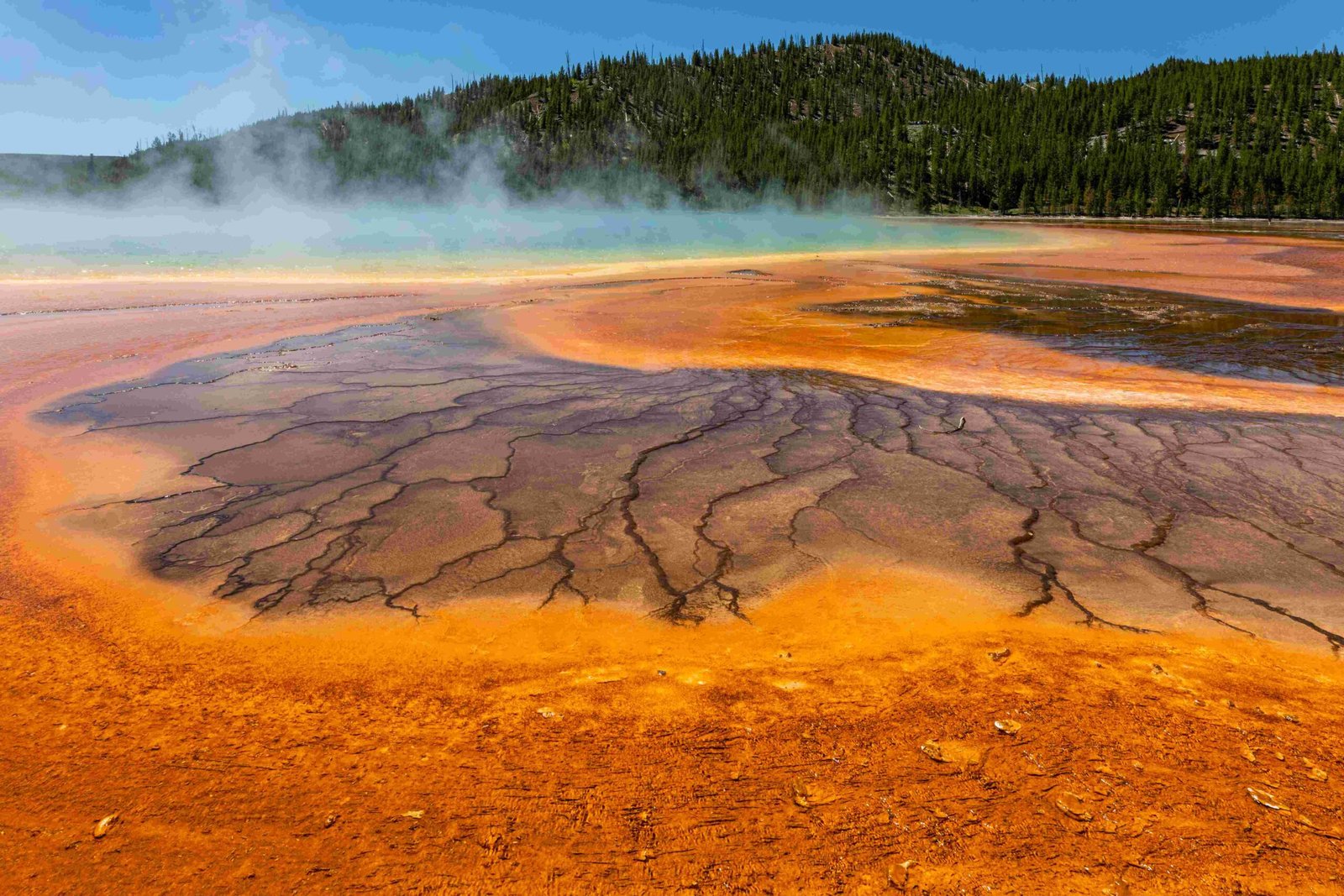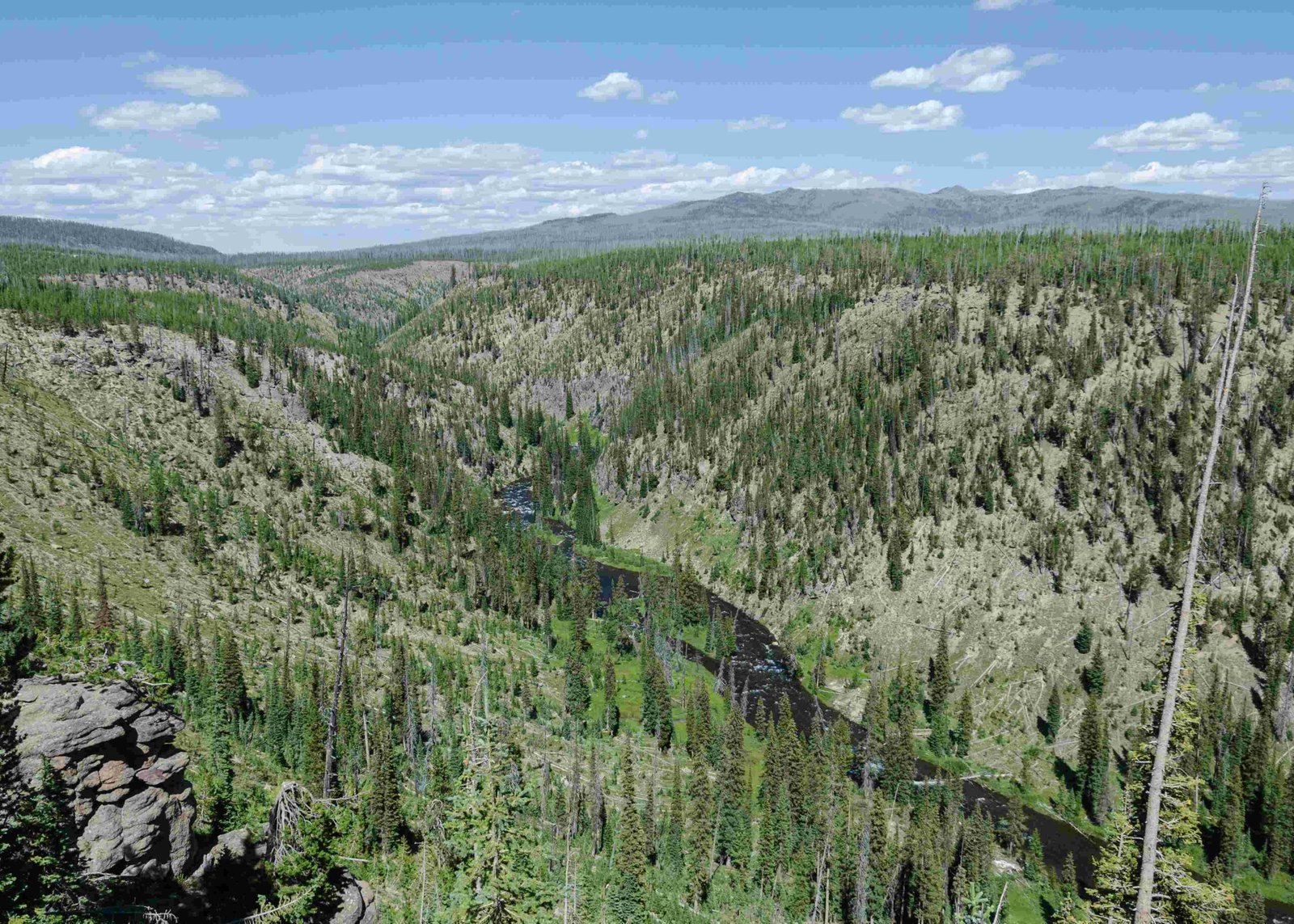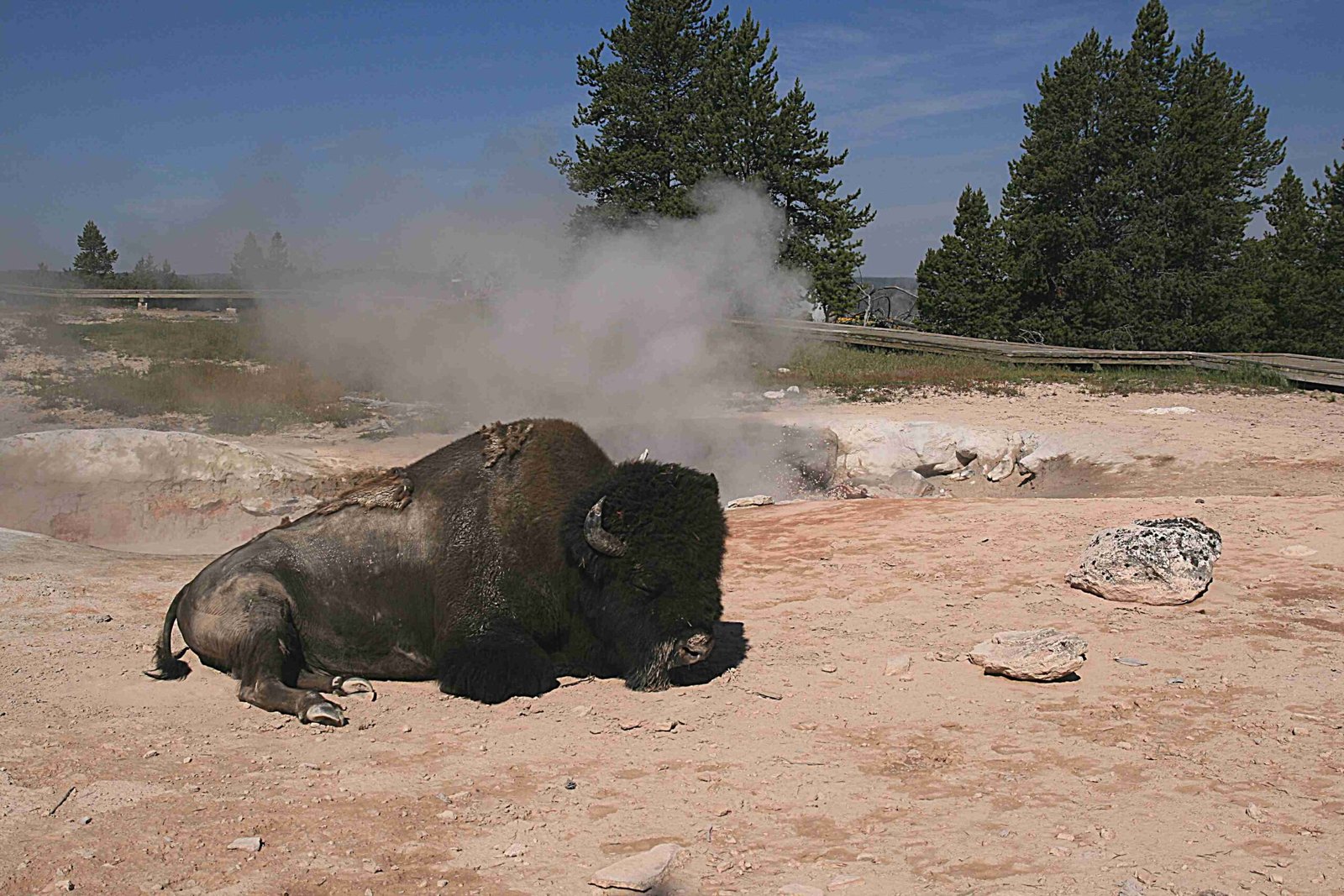Yellowstone National Park, renowned for its geothermal features, sits atop a massive volcanic system. While there are no currently erupting volcanoes in Yellowstone, the park is home to an active supervolcano. This volcanic system is dormant but highly active in terms of seismic and hydrothermal activity. The Yellowstone Caldera, formed by past eruptions, continues to shape the park’s landscape and fuel its famous geysers and hot springs. Ongoing monitoring by scientists reveals constant geological activity, making Yellowstone a unique living laboratory for volcanic studies.
What is the Current Status of Volcanic Activity in Yellowstone?

The Yellowstone volcano is currently in a dormant state, but it remains highly active beneath the surface. Recent geological surveys and monitoring efforts have revealed several key points about the current status:
- Seismic Activity: In 2023, the park experienced a magnitude 3.7 earthquake, the largest of the year.
- Ground Deformation: The caldera is subsiding at about an inch per year, a trend consistent since 2015.
- Hydrothermal Activity: Ongoing monitoring of geysers, hot springs, and fumaroles shows continuous activity.
The Yellowstone Volcano Observatory (YVO) collaborates with various agencies to monitor these activities closely. New monitoring stations were installed in September 2023 to provide more comprehensive data on hydrothermal activity.
What Are the Main Geothermal Features in Yellowstone?

Yellowstone National Park is famous for its diverse and spectacular geothermal features. These include:
- Geysers: Old Faithful, Steamboat Geyser (the world’s tallest active geyser), and Giant Geyser.
- Hot Springs: Grand Prismatic Spring, Morning Glory Pool, and numerous others.
- Fumaroles: Steam vents found throughout the park.
- Mud Pots: Bubbling pools of acidic mud and clay.
These features are direct evidence of the active volcanic system beneath the park. The temperatures of these geothermal features often exceed 194°F (90°C), demonstrating the intense heat from the underlying magma chamber.
How Often Do Eruptions Occur in Yellowstone?
While Yellowstone is known for its volcanic nature, large-scale eruptions are extremely rare. Here’s a breakdown of Yellowstone’s eruption history:
- Last Supereruption: Approximately 640,000 years ago (Lava Creek eruption)
- Previous Major Eruptions: 2.1 million and 1.3 million years ago
- Recent Activity: Primarily limited to hydrothermal explosions and changes in geyser activity
The probability of a volcanic eruption at Yellowstone in any given year is estimated to be around 0.001%. This low probability is due to the current state of the magma chamber, which is only 5-15% molten, far below the 50% needed for an eruption.
What is the Yellowstone Caldera and How Active is It?
The Yellowstone Caldera is a massive volcanic feature formed by past eruptions. Key facts about the caldera include:
- Dimensions: Approximately 30 miles wide and 45 miles long
- Current Activity: Subsiding at about an inch per year with minor seasonal variations
- Ongoing Research: New monitoring stations provide data on seismic and hydrothermal activity
While the caldera is not currently showing signs of an impending eruption, its ongoing activity is a testament to the living nature of Yellowstone’s volcanic system.
How Do Scientists Monitor Volcanic Activity in Yellowstone?
Scientists employ a variety of methods to monitor volcanic activity in Yellowstone:
- Seismometers: To detect earthquakes and ground movements
- GPS Stations: To measure ground deformation
- Gas Sensors: To analyze emissions from geothermal features
- Satellite Imagery: To observe large-scale changes in the landscape
- Temperature Sensors: To monitor changes in geothermal features
This comprehensive monitoring system allows scientists to detect any significant changes that might indicate increased volcanic activity.
What Would Happen if Yellowstone’s Volcano Erupted?
While a large-scale eruption at Yellowstone is highly unlikely in the near future, the potential impacts would be significant:
- Ash Fall: Covering thousands of square miles, affecting agriculture and air travel
- Climate Effects: Potential global cooling due to ash and gases in the atmosphere
- Ecological Disruption: Massive changes to the park’s ecosystem and surrounding areas
- Infrastructure Damage: Widespread destruction in the immediate vicinity of the park
It’s important to note that the likelihood of such an event is extremely low, and the constant monitoring would likely provide ample warning if activity were to increase significantly.
How Does Yellowstone’s Volcanic Activity Compare to Other Active Volcanoes?
Yellowstone’s volcanic system is unique in several ways:
- Size: It’s one of the world’s largest known volcanic systems
- Type: It’s classified as a supervolcano, capable of much larger eruptions than typical volcanoes
- Activity: While dormant, it shows constant hydrothermal and seismic activity
- Monitoring: It’s one of the most closely monitored volcanic systems in the world
Unlike volcanoes that erupt frequently, such as those in Hawaii or Italy, Yellowstone’s activity is primarily expressed through its geothermal features rather than lava flows or ash eruptions.
In conclusion, while Yellowstone National Park does not have active volcanoes in the traditional sense of regularly erupting mountains, it is home to an active supervolcano system. This system, though currently dormant, continues to fuel the park’s famous geothermal features and is the subject of ongoing scientific study and monitoring. The low probability of a major eruption, combined with constant vigilance, ensures that Yellowstone remains a safe and awe-inspiring destination for millions of visitors each year.

